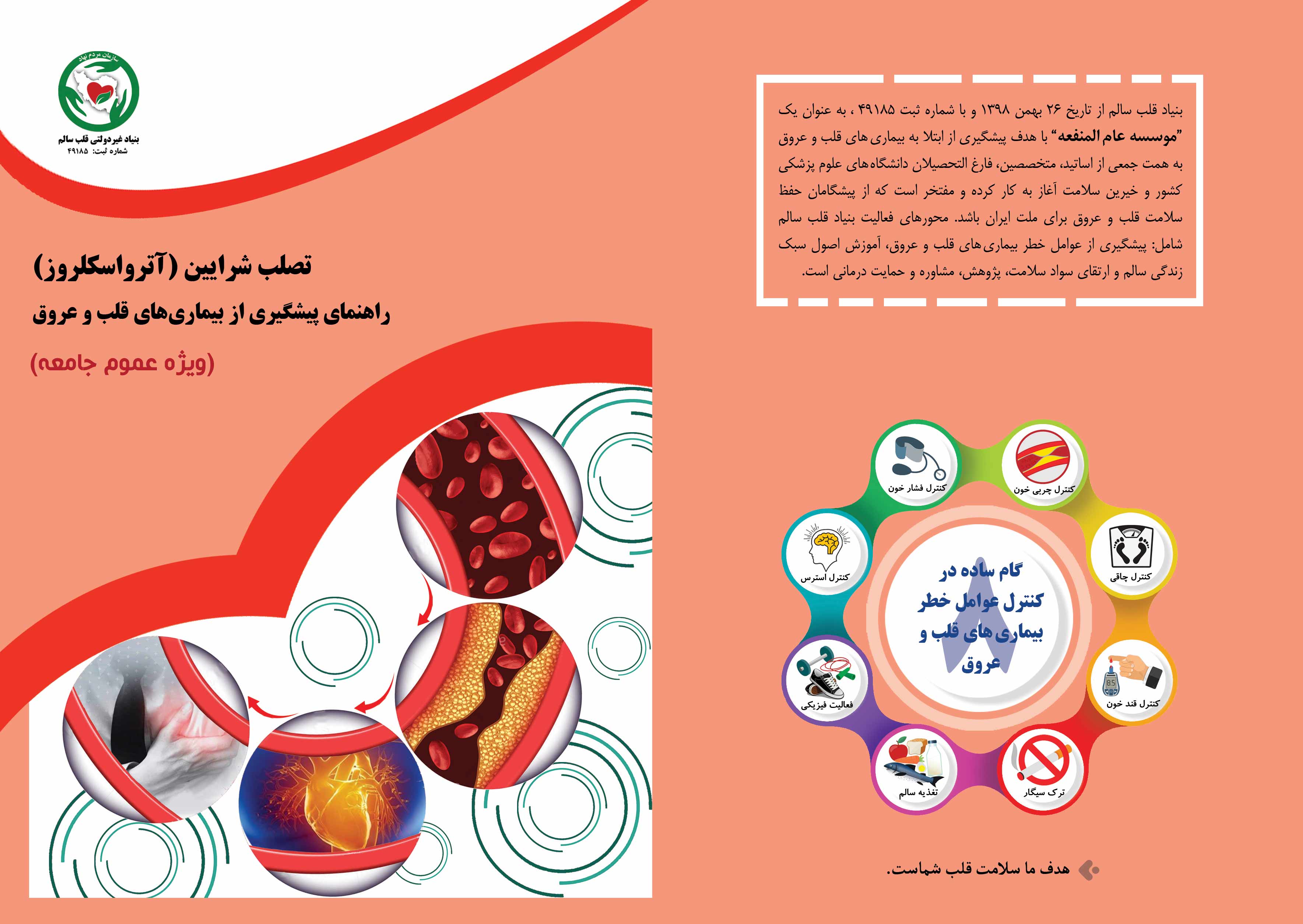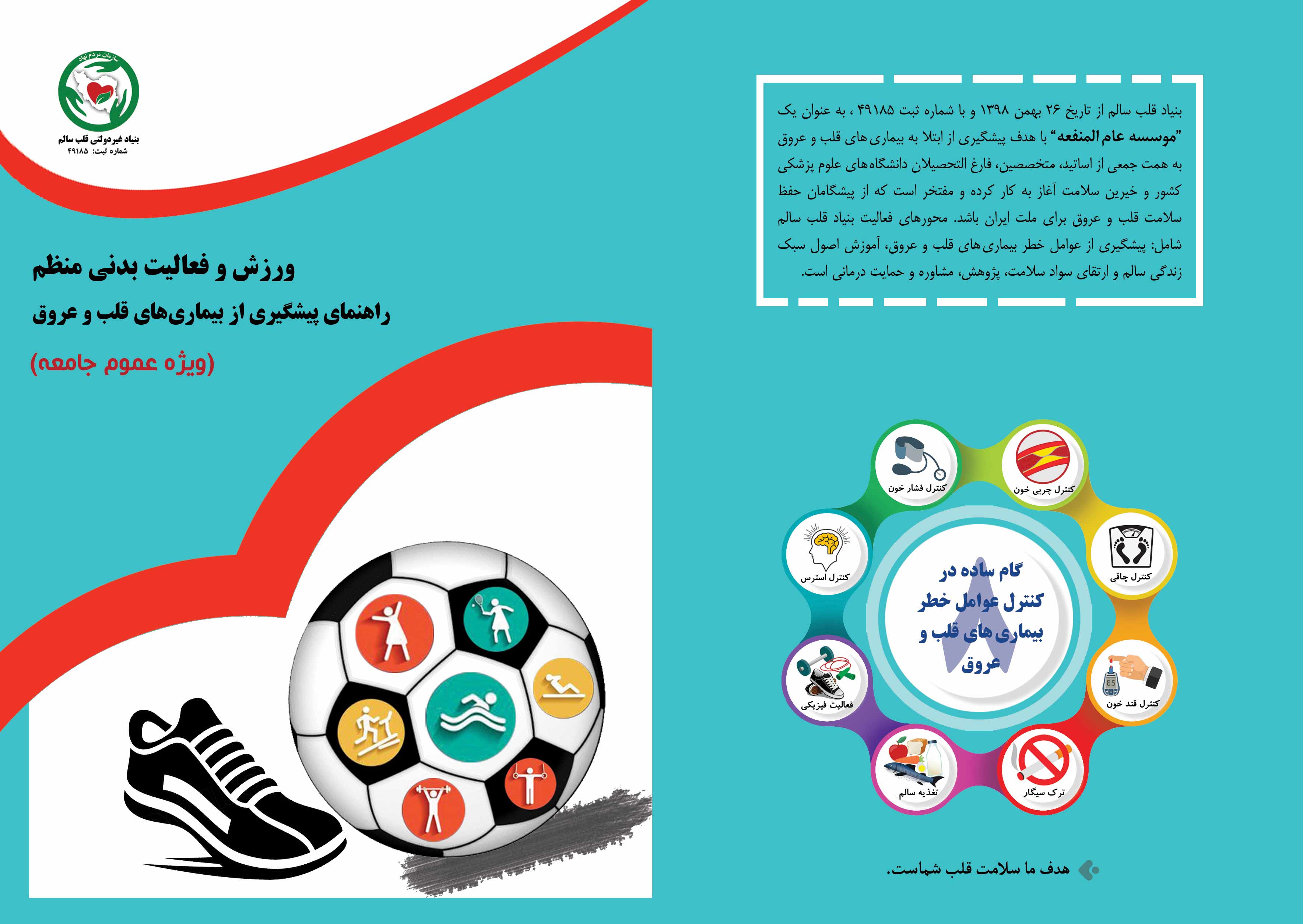اختلال عملکرد گره سینوسی و کاشت ضربان ساز دائمی مرتبط پس از جراحیهای بزرگ قلب، مرور سیستماتیک و متاآنالیز
با افزایش تعداد اعمال جراحی قلب در سراسر جهان، اهمیت عوارض بعد از عمل افزایش می یابد. اختلالات ریتم پس از جراحی قلب از جمله عوامل شایعی میباشد که منجر به تاخیر در ترخیص، افزایش هزینه های مراقبت های بهداشتی، عوارض و مرگ و میر می شود. در میان آریتمی های بعد از عمل، فیبریلاسیون دهلیزی (AF) شایع ترین بوده و پس از آن آریتمی های بطنی، بلوک دهلیزی و اختلالات غدد سینوسی قرار دارند.

این مطالعه به بررسی این موضوع پرداخته است که افراد به دلیل مشکل در ضربان ساز طبیعی قلب، به نام اختلال عملکرد گره سینوسی (SND) چند بار پس از جراحی قلب به ضربان ساز دائمی نیاز دارند. محققان دریافتند که حدود 2.87 درصد از افرادی که جراحی قلب انجام می دهند به دلیل اختلال در عملکرد گره سینوسی، به خصوص در ماه اول پس از جراحی، به ضربان ساز (pacemaker) نیاز دارند. آنها همچنین دریافتند که انواع خاصی از جراحی قلب، مانند جراحی ماز (maze surgery)، شانس بیشتری برای ایجاد SND و نیاز به ضربان ساز دارند. این مطالعه ارتباط واضحی بین نیاز به ضربان ساز و عواملی مانند سن، جنسیت یا مدت زمان انجام جراحی پیدا نکرد. نتایج این تحقیق می تواند به پزشکان در درک و مدیریت بهتر SND پس از جراحی قلب کمک کند.
Sinus node dysfunction and related permanent pacemaker implantation after major cardiac surgeries, systematic review, and meta-analysis
Abstract
Background: There is no concise evidence or clinical guidelines regarding the incidence of sinus node dysfunction (SND) and permanent pacemaker (PPM) implantation following cardiac surgeries and their management approaches.
Objective: We aim to systematically review current evidence on the prevalence of SND, PPM implantation concerning it, and its risk factors in patients undergoing cardiac surgery.
Method: Four electronic databases (Cochrane Library, Medline, SCOPUS, and Web of Science) were systematically searched for articles regarding SND after cardiovascular surgeries and reviewed by two independent researchers, and a third review in case of discrepancies. Using the random-effects model, a proportion meta-analysis was performed on data regarding PPM implantation. Subgroup analysis was performed for different interventions, and the possible effect of different covariates was evaluated using meta-regression.
Results: From the initial 2012 unique records, 87 were included in the study, and results were extracted. Pooled data from 38,519 patients indicated that the overall prevalence of PPM implantation due to SND after cardiac surgery was 2.87% (95% CI [2.09; 3.76]). The incidence of PPM implantation in the first post-surgical month was 2.707% (95% CI [1.657; 3.952]). Among the four main intervention groups, including valve, maze, valve-maze, and combined surgeries, maze surgery was associated with the highest prevalence (4.93%; CI [3.24; 6.92]). The pooled prevalence of SND among studies was 13.71% (95% CI [8.13; 20.33]). No significant relationship was observed between PPM implantation and age, gender, cardiopulmonary bypass time, or aortic cross-clamp time.
Conclusion: Based on the present report, patients undergoing the maze and maze-valve procedures are at higher risk of post-op SND, whereas lone valve surgery had the lowest prevalence of PPM implantation.
Systematic review registration: PROSPERO (CRD42022341896).
Keywords: cardiac surgery; cox-maze procedure; permanent pacemaker; sinus node dysfunction; valve surgery.
Copyright © 2023 Hosseini Dolama, Eghbal, Rezaee, Farahani, Jalali and Hosseini.

















.png)
.png)
ارسال به دوستان